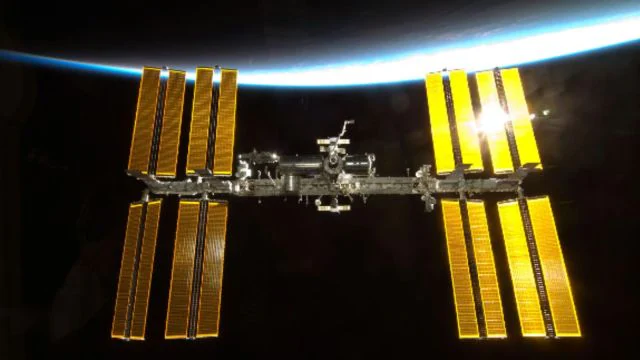From Mars rovers to space telescopes, space exploration has always come at a high price. Here are the top 5 most expensive space missions ever launched, each pushing the limits of science and technology.
Source Image:indianexpress
Space missions are among the most complex and ambitious undertakings in human history—requiring years of planning, cutting-edge engineering, and billions in funding. While the return on these missions often shapes our understanding of the universe, they come at an astronomical cost.
Here’s a look at the top five costliest space missions ever launched globally:
1. International Space Station (ISS)
-
Estimated Cost: $150 billion+
-
Launch Year: 1998 (ongoing)
-
Countries Involved: USA, Russia, Europe, Japan, Canada
-
Purpose: A permanent orbiting laboratory for international scientific research
The ISS is the most expensive man-made object ever created. Developed as a global collaboration, it serves as a base for long-duration space experiments, technology testing, and international cooperation in space.
2. Apollo Program (USA)
-
Estimated Cost: $160 billion (adjusted for inflation)
-
Years Active: 1961–1972
-
Highlight: Apollo 11 Moon landing (1969)
The Apollo Program by NASA was designed to land humans on the Moon and return them safely to Earth. The sheer scale of the mission, including developing launch vehicles, spacecraft, astronaut training, and infrastructure, made it a financial and engineering marvel.
3. James Webb Space Telescope (JWST)
-
Estimated Cost: $10 billion
-
Launch Year: 2021
-
Agency: NASA (with ESA and CSA)
-
Purpose: Observe the earliest galaxies and stars, search for habitable exoplanets
Launched as the successor to the Hubble Space Telescope, JWST features advanced infrared capabilities. It is currently providing stunning imagery and revolutionary scientific insights into the early universe.
4. Mars Science Laboratory – Curiosity Rover
-
Estimated Cost: $2.5 billion
-
Launch Year: 2011
-
Agency: NASA
-
Purpose: Explore Mars surface, geology, and signs of life
The Curiosity Rover has been operating on Mars since 2012, sending valuable data on the Red Planet’s environment, soil composition, and climate.
5. Galileo Global Navigation System (EU)
-
Estimated Cost: $10–12 billion
-
Launch Years: 2005–2021 (Operational)
-
Agency: European Space Agency
-
Purpose: Europe’s answer to GPS – an independent global navigation system
Though not a single mission, the Galileo program is one of the most expensive space-based infrastructure projects, providing global positioning services with civilian and military applications.
Key Highlights (Bullet Points):
-
ISS remains the most expensive space project ever
-
The Apollo Program cost more than many national budgets
-
James Webb is revolutionizing space observation
-
Curiosity Rover continues to study Martian conditions
-
Galileo System gives Europe independence from GPS















